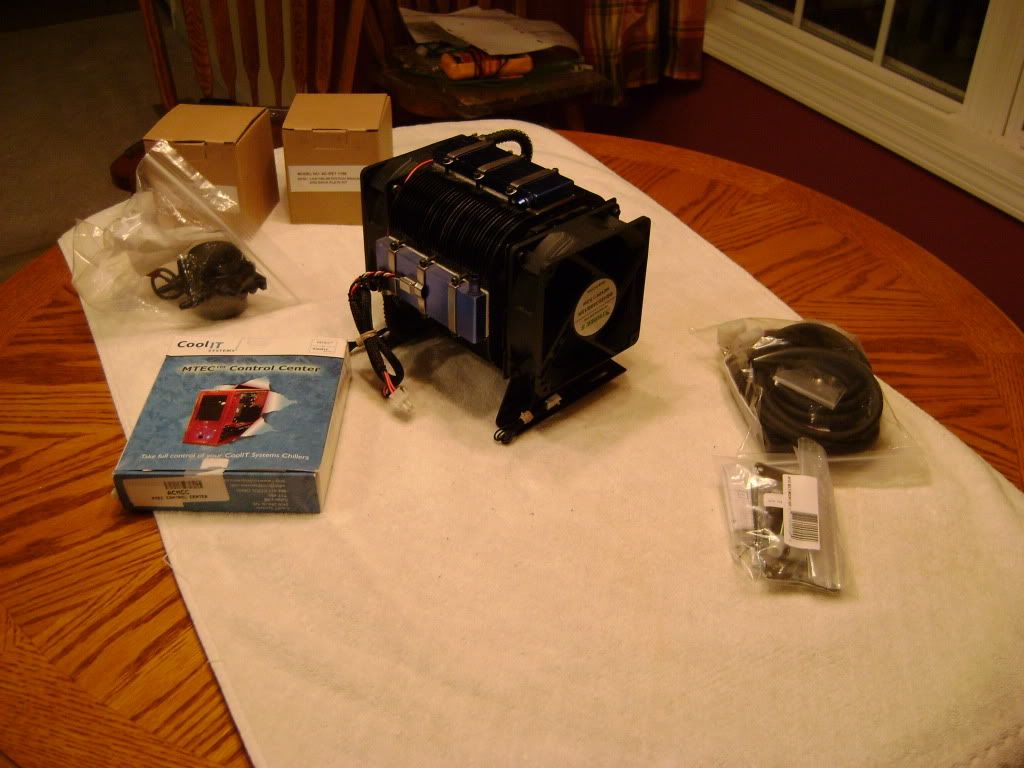Zoson
Supreme [H]ardness
- Joined
- Aug 4, 2001
- Messages
- 6,113
You shouldn't need any insulation at all.
If you have a radiator in series with it, the coolant will never be able to go below ambient temperature.
If you have a radiator in series with it, the coolant will never be able to go below ambient temperature.
![[H]ard|Forum](/styles/hardforum/xenforo/logo_dark.png)



